Fifth place: 2021 Toyota RAV4, 7.7 out of 10
The 2021 Toyota RAV4 is an easy recommendation to those who just want simple four-wheeled transportation. It's competent at tackling all the needs of a small family. And we should know since our editorial team once drove a 2019 RAV4 through all 48 contiguous states in a week.
We like the simple, well-built and generally quiet interior. You know exactly how to use most of the controls just by looking at them, and there are a lot of useful nooks and cubbies for storing stuff on long-distance drives. In a world of ever-more complex touchscreen systems, we value these simple pleasures.
The interior space is generous, as is the cargo volume. On the downside, there's no way to lower the second row of seats from the trunk, so shorter folks will have at least one mild annoyance when loading large items.
The best thing we can say about the driving experience is that there isn't anything dramatically wrong with it. Just expect steering that feels a bit vague and slightly slower than average acceleration — unless you get the plug-in hybrid. Otherwise, the ride balances comfort and control nicely, and the seats are generally plush and supportive. We have one gripe with the front passenger seat: It's mounted too high and lacks height adjustment. Sit here and you might feel like you're on a perch.
While most of the RAV4 attributes are average, its lineup does include a couple of standouts. One is a TRD Off-Road version that has an upgraded all-wheel-drive system and all-terrain tires. You won't outmuscle a Jeep, but it is better equipped than most other alternatives.
The other is the Prime plug-in hybrid that offers 42 miles of all-electric range and mid-5-second 0-60 mph acceleration. That makes it more efficient and quicker than the other options, but at a steep entry price of roughly $40,000.
As for fuel economy, most RAV4 versions get an EPA estimate of 28-30 mpg combined, which is better than average. The hybrid gets 40 mpg, which is the best of any hybrid you'll find in this comparison test. In the Honda CR-V Hybrid vs. Toyota RAV4 Hybrid contest, the two are a near tie in our rankings.
Overall, the RAV4 is a pleasant SUV that rides smoothly, has a roomy interior that's easy to live with, and offers plenty of utility. It stops and handles confidently, and it's generally fuel-efficient. The merely satisfactory engine and indifferent steering, however, prevent it from being a top choice for a small SUV.
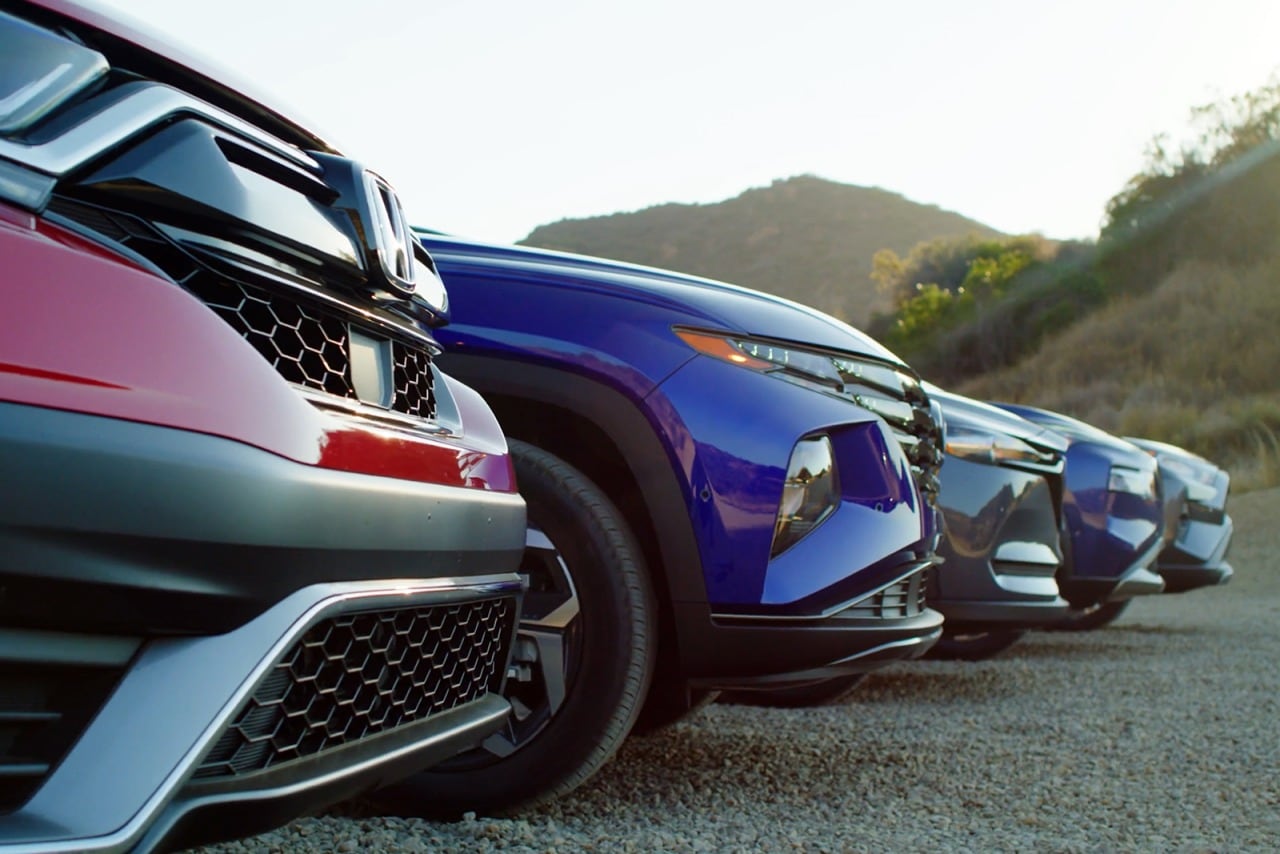





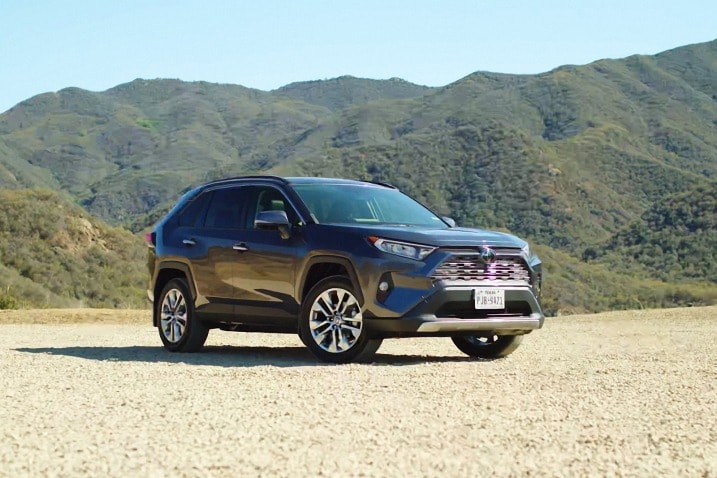
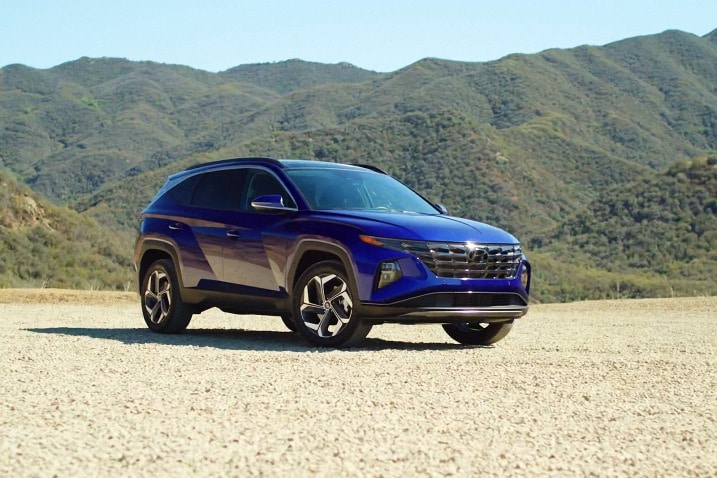
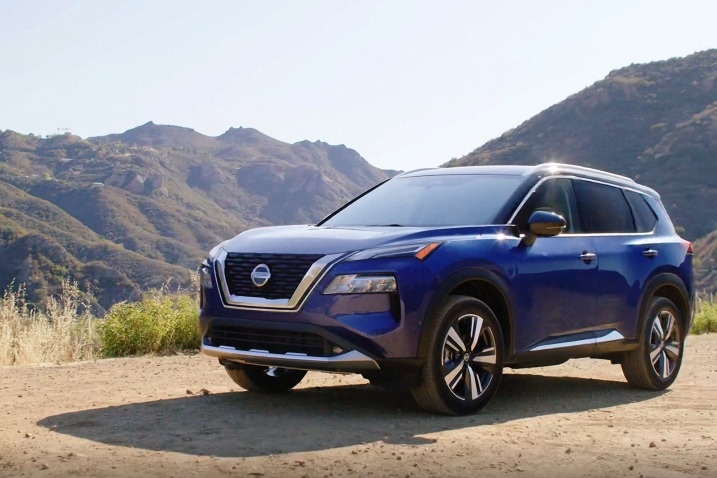
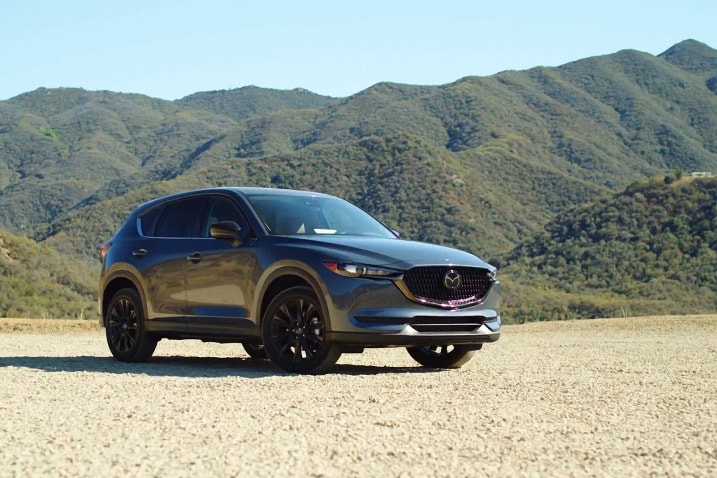
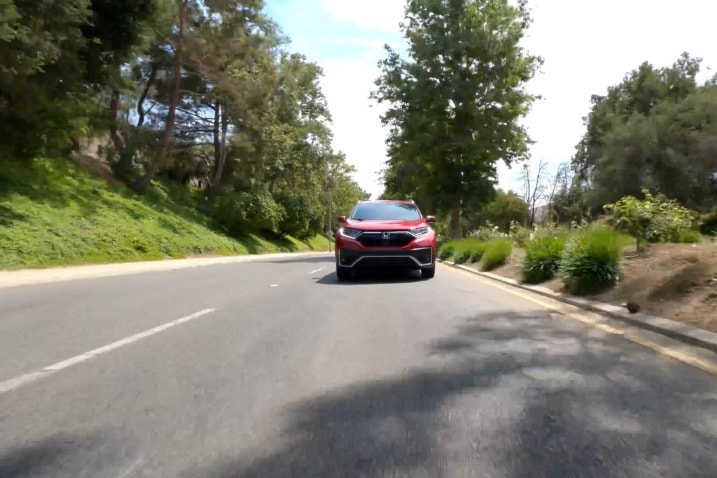
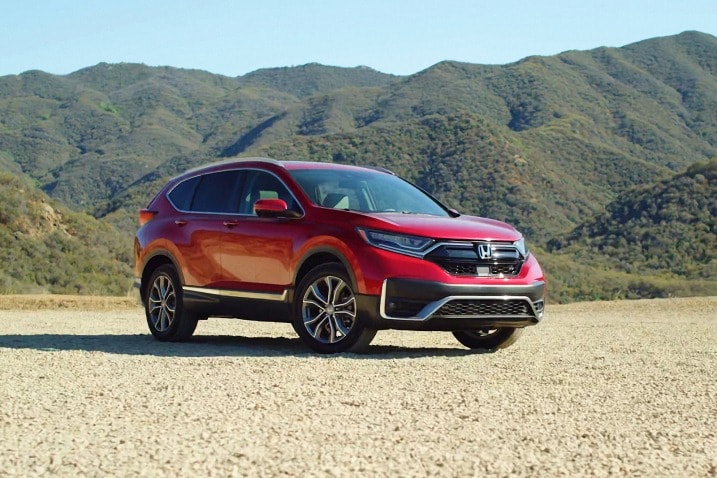
 by
by